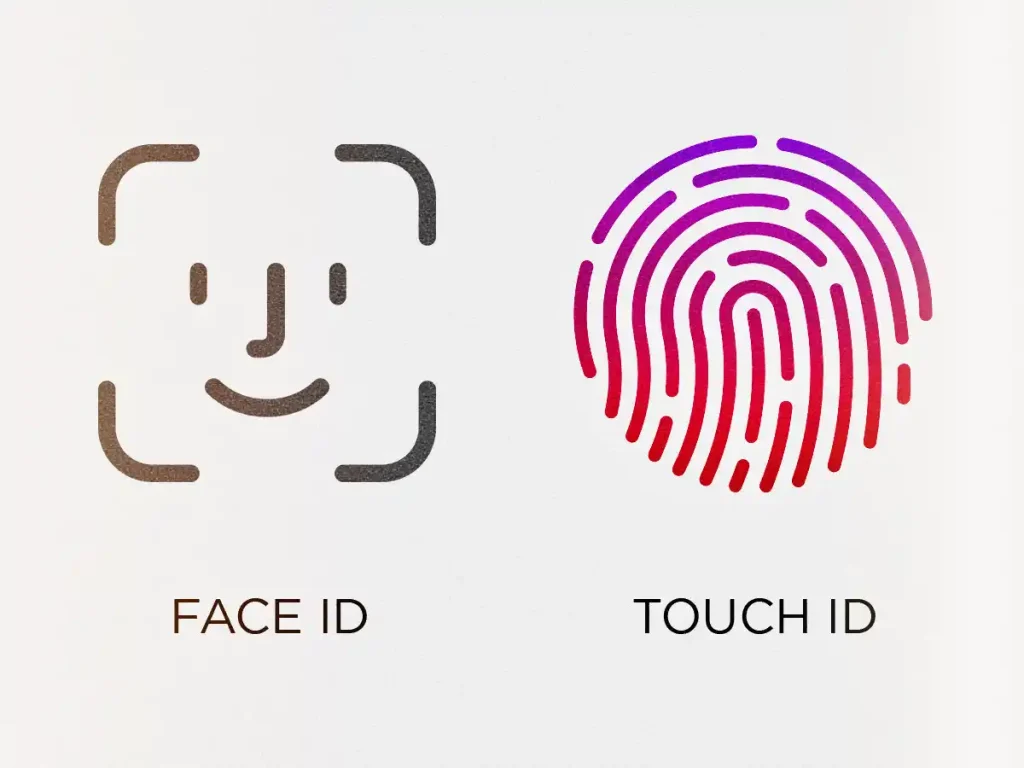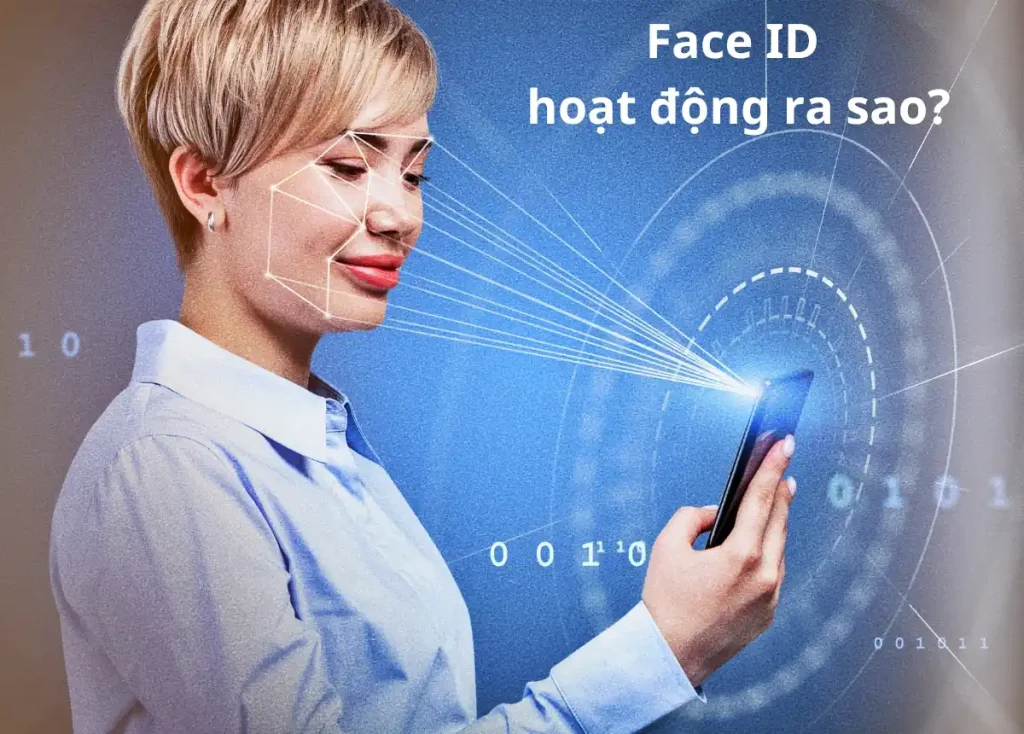
In today’s world of deepfakes, AI-generated images, and smart technology, many iPhone and iPad users wonder: “Can Face ID be tricked by an AI-generated photo?” It’s a good question—and one that concerns both privacy and security. Fortunately, the short answer is no—Face ID is not vulnerable to AI-generated photos or 2D images. But let’s explore why that’s true, how Face ID works, and what makes it so secure.
🔍 What Is Apple Face ID?
Face ID is Apple’s facial recognition technology introduced in 2017 with the iPhone X. Since then, it has become the main way users unlock their devices, make payments, and sign into apps—just by looking at their phone.
It’s fast, convenient, and—most importantly—designed with privacy and security in mind.
👁️ How Face ID Works
To understand why Face ID can’t be fooled by AI-generated photos, we need to first understand how Face ID recognizes your face. Here’s what happens every time you look at your iPhone or iPad:
- Infrared Camera: It captures an image of your face using infrared light, even in the dark.
- Dot Projector: Projects over 30,000 invisible infrared dots on your face to create a depth map.
- Flood Illuminator: Helps light up your face in low-light conditions.
- Neural Engine: Compares the scan to the stored facial data securely kept in the device’s Secure Enclave.
The result? A highly accurate 3D scan of your face that goes way beyond a simple photo.
🤖 Can Face ID Be Fooled by AI-Generated Photos?
❌ The Short Answer: No
Face ID cannot be tricked by AI-generated photos or deepfake images. That’s because these photos are typically 2D (flat), while Face ID needs 3D data—like depth, contours, and structure—to recognize a face. Even the most realistic-looking AI image won’t have the physical depth and biometric features of a real human face.
🔐 Why Face ID is So Secure
Let’s break it down:
- 3D Face Mapping: A photo, no matter how realistic, doesn’t have depth. Face ID scans the shape of your face—something a 2D image cannot reproduce.
- Liveness Detection: Face ID also checks for signs of life—like small facial movements, blinking, and other micro-expressions. AI photos and static deepfakes can’t mimic that in real-time.
- Infrared Technology: Face ID uses infrared sensors, which can detect the temperature and reflectiveness of real skin, helping it distinguish between a real face and a printed or digital image.
- Secure Processing: All facial data is processed directly on your device, in a separate part of the chip called the Secure Enclave. It never leaves your phone or goes to the cloud, adding an extra layer of protection.
🧪 Have Hackers Ever Broken Face ID?
There have been rare cases where researchers or hackers have tried to break Face ID with a mask or special props—but these require a lot of time, effort, and access to the person’s face in detail. It’s not something the average person needs to worry about.
Hacking Face ID with a simple AI-generated photo? That’s currently not possible.

🆚 Touch ID vs. Face ID: Which Is More Secure?
While Touch ID fingerprint recognition system—is also highly secure, Face ID offers an even higher level of protection in most situations. Touch ID uses your unique fingerprint to unlock the device, and it’s fast and accurate. However, Face ID scans your entire facial structure in 3D, making it harder to spoof or replicate. According to Apple, the chance of someone else unlocking your iphone with Touch ID is about 1 in 50,000, while with Face ID, it’s around 1 in 1,000,000. That’s a big leap in security. Plus, Face ID adds features like liveness detection and infrared depth mapping, which help prevent trickery using fake photos, masks, or even lifted fingerprints. In short, while both systems are excellent, Face ID is currently the most advanced and secure biometric option Apple offers.
📱 Tips to Keep Face ID Secure
Even though Face ID is very secure, here are a few tips to make sure your iPhone stays protected:
- Keep your device updated: Apple regularly releases security patches and improvements.
- Use a strong passcode: Face ID works with your passcode as a backup—make sure it’s not something easy like “123456.”
- Don’t share your phone: Common sense, but still worth repeating!
- Be aware of your surroundings: Especially when using Face ID for payments or sensitive data.
🧑💻 What About the Future?
Could AI improve to the point of creating 3D facial forgeries that could fool Face ID? Possibly—but Apple also keeps improving its technology. Each new iPhone comes with better sensors and smarter algorithms to stay ahead of potential threats.
Apple has a strong track record of staying on top of privacy concerns, and Face ID remains one of the most secure biometric systems available today.
✅ Final Thoughts
So, back to our main question: Can Face ID be tricked by AI-generated photos?
Absolutely not. Apple’s Face ID goes far beyond simple image recognition. It uses depth, movement, and biometric precision to ensure your phone knows it’s really you.
If you’re using Face ID on your iPhone or iPad, you can feel confident that your device is secure against AI photos, deepfakes, and other common tricks.
In the world of ever-evolving technology, Face ID is a great example of how convenience and security can work hand in hand.

